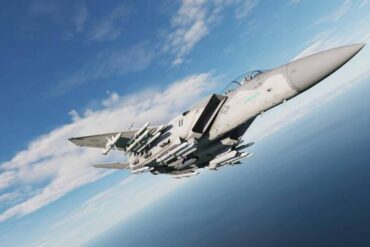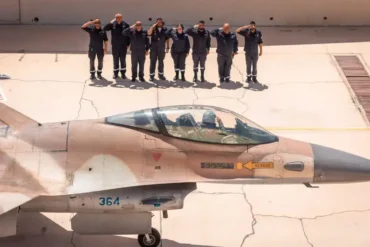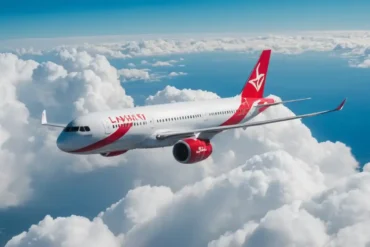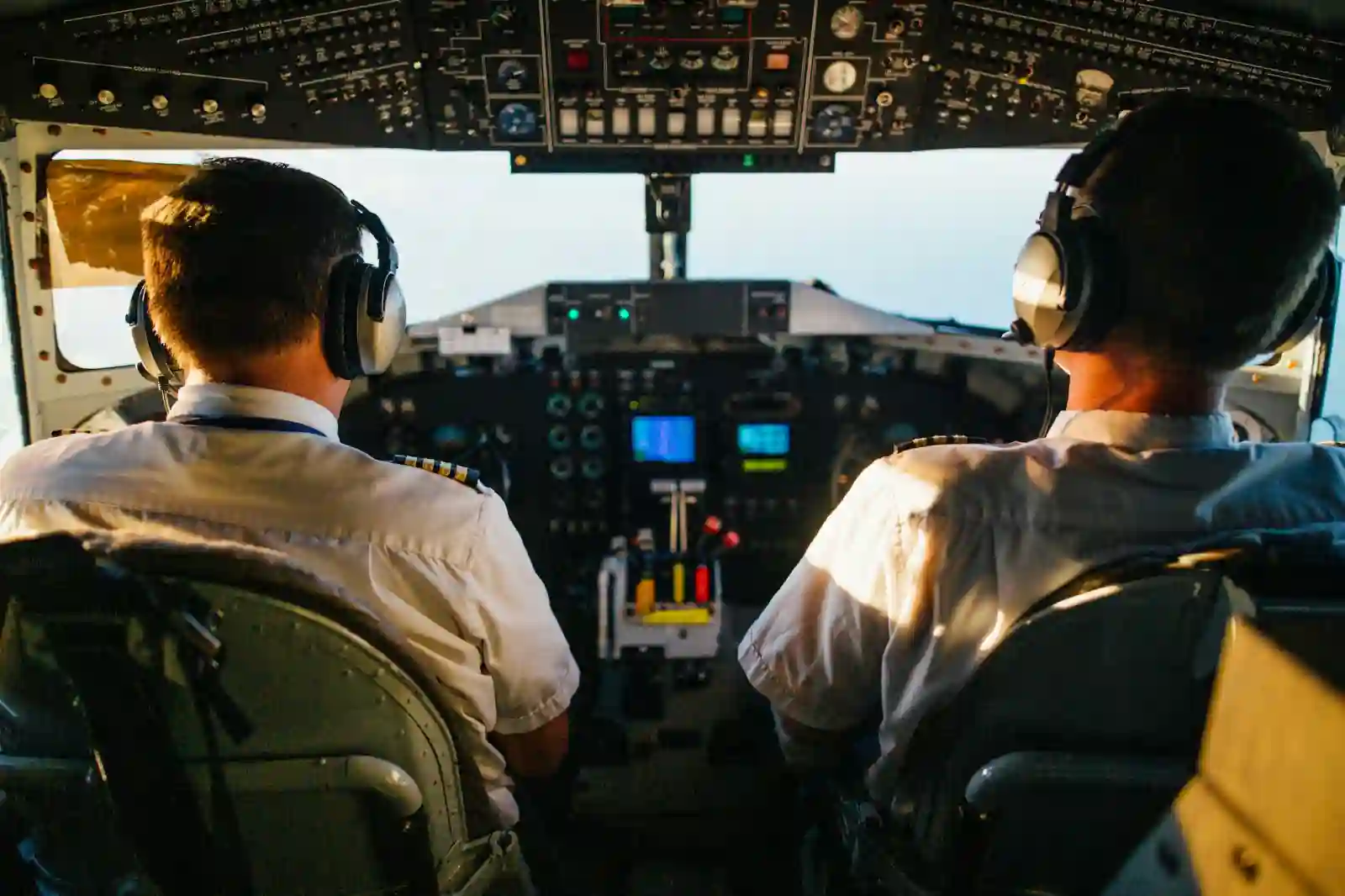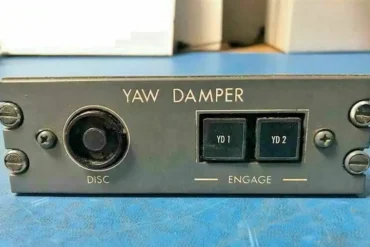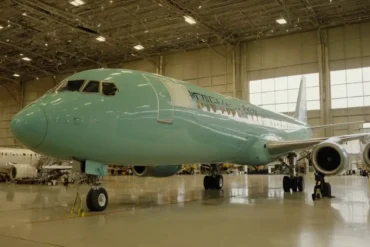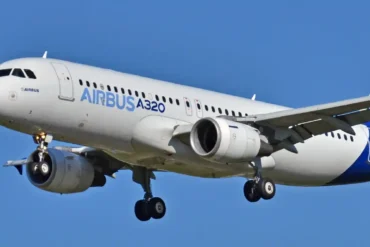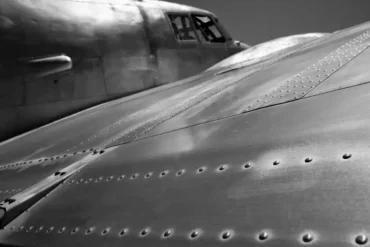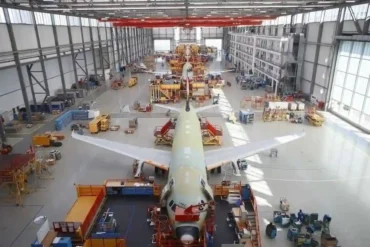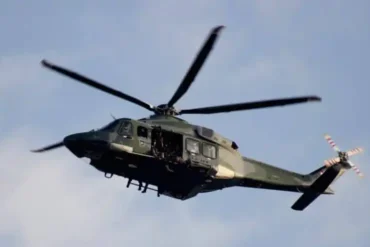The F-14 Tomcat, a name synonymous with naval supremacy during the Cold War, held a legendary position in both military aviation and popular culture. Known for its impressive maneuverability and long-range capabilities, the F-14 was designed primarily as a carrier-based interceptor to defend naval forces from Soviet bombers and other aerial threats. However, despite its success, the F-14 was retired from service by the United States Navy in 2006, marking the end of an era. In this article, we will explore the key reasons behind the retirement of the F-14, analyzing factors such as shifting military needs, maintenance costs, and technological advancements.
1. The End of the Cold War and Changing Operational Requirements
The F-14’s initial design was crafted with a very specific mission in mind: to intercept and destroy Soviet bombers like the Tu-22 and eliminate anti-ship missiles launched at U.S. aircraft carriers. The centerpiece of this formidable platform was its AN/AWG-9 radar system paired with the AIM-54 Phoenix missile, capable of targeting multiple threats at distances over 200 kilometers. During the Cold War, these capabilities positioned the F-14 as a crucial element of the U.S. Navy’s defensive strategy, particularly in protecting its carrier strike groups from Soviet aerial threats.

However, with the collapse of the Soviet Union in 1991, the global geopolitical landscape shifted dramatically. The once formidable Soviet threat to the United States, especially in terms of air superiority, rapidly diminished. As Russia emerged as a significantly smaller military power, the need for the F-14’s specific role in long-range air defense was reduced.
Strategic Shift Toward Multi-Role Fighters
In the post-Cold War era, the U.S. Navy’s operational requirements began to evolve. The focus shifted towards more flexible, multi-role aircraft that could perform a wide array of missions, such as air superiority, ground attack, reconnaissance, and electronic warfare. The F-14, with its specialized design and focus on air-to-air combat, was increasingly viewed as outdated. The Navy began to seek aircraft that could deliver a broader range of capabilities while still excelling in air combat, making the F-14’s single-function role increasingly irrelevant.
Conclusion: A Changing Threat Landscape
The retirement of the F-14 was, in many ways, a natural consequence of the end of the Cold War and the diminishing aerial threats it was designed to counter. The evolving demands of modern warfare and the Navy’s focus on versatile, multi-purpose aircraft meant that the F-14’s specialized function was no longer as critical.
2. High Maintenance and Operational Costs
One of the most significant factors that led to the F-14’s retirement was its high operational and maintenance costs. The F-14 was designed with a complex variable-sweep wing, which allowed it to optimize flight performance at different speeds. While this provided impressive aerodynamics, it also created significant challenges in terms of maintenance.

Maintenance Burden
The F-14 required an average of 50 hours of maintenance per flying hour, a figure that significantly outweighed that of other aircraft in the Navy’s fleet. In contrast, newer fighter models, such as the F/A-18E/F Super Hornet, only required 5 to 10 hours of maintenance per flying hour. This discrepancy placed a heavy strain on maintenance crews and budgets.
Parts Shortages and Rising Costs
Furthermore, after the production of the F-14 ceased, the availability of spare parts became an issue. As time passed, the components necessary for repairs became increasingly rare, and the cost of sourcing these parts grew exponentially. The Navy was faced with a dilemma: continue to maintain the F-14, investing significant resources into a rapidly aging fleet, or invest in newer, more cost-effective aircraft.
Conclusion: The Financial Burden of F-14 Maintenance
The F-14’s maintenance costs were a major factor in the decision to retire the aircraft. With increasing budget constraints and a need to optimize operational efficiency, the Navy’s decision to move towards more economical and sustainable alternatives was inevitable.
3. Insufficient Multi-Role Capabilities
Although the F-14 was highly capable in air-to-air combat, it was severely limited in other areas of modern warfare. Unlike its contemporaries, such as the F/A-18 Hornet, the F-14 lacked the versatility required to adapt to the growing demands of multi-role operations.
Limitations in Ground and Sea Attack Missions
The F-14 was designed primarily for air combat and was equipped with the AIM-54 Phoenix missile, allowing it to engage up to six targets simultaneously at long range. However, when it came to ground and sea attack capabilities, the F-14 was not well-suited for the task. Its design was not optimized for precision strikes or conducting multi-dimensional operations.

The Rise of the F/A-18E/F Super Hornet
In contrast, the F/A-18E/F Super Hornet offered a significant advantage in terms of versatility. Capable of conducting air superiority missions, ground strikes, and even electronic warfare, the Super Hornet could fill a wider range of roles without sacrificing effectiveness. In fact, the Super Hornet even replaced older models like the A-6 Intruder, which had previously specialized in ground attack missions.
The Navy’s focus on aircraft that could perform a broader set of tasks made the F-14’s specialized role increasingly less relevant. The F/A-18E/F Super Hornet’s ability to perform multi-role missions with greater flexibility contributed to the Navy’s decision to retire the F-14 and transition to the more adaptable Super Hornet.
Conclusion: The Shift Toward Multi-Role Flexibility
The F-14’s inability to excel in multiple mission areas was a significant factor in its retirement. As the U.S. Navy increasingly demanded aircraft capable of engaging in a wide range of combat scenarios, the F-14’s specialized air-to-air capabilities could no longer meet the diverse needs of modern warfare.
4. Technological Advancements and the Arrival of Newer Aircraft
The technological landscape of military aviation advanced significantly in the years following the F-14’s introduction. The F/A-18E/F Super Hornet, which entered service in the 1990s, offered several advantages over the F-14 in terms of avionics, performance, and cost-effectiveness.
Advanced Avionics and Radar Systems
The F/A-18E/F was equipped with cutting-edge avionics, including active electronically scanned array (AESA) radar, a significant upgrade over the F-14’s aging radar system. The AESA radar offered superior tracking and targeting capabilities, as well as better resistance to jamming and electronic countermeasures. In addition to its advanced radar, the Super Hornet also benefited from an enhanced cockpit display system, making it easier for pilots to manage the aircraft’s various functions during combat.
Engines and Performance
The F/A-18E/F was powered by the F414 engine, which offered a higher thrust-to-weight ratio compared to the F-14’s engines. The Super Hornet’s engine allowed for greater fuel efficiency, longer range, and better overall performance. This made the F/A-18E/F a more reliable and cost-effective alternative to the F-14.
Stealth and Future-Proofing
While not fully stealthy, the F/A-18E/F Super Hornet incorporated some stealth features, such as reduced radar cross-section and internal weapon bays, which gave it an edge in modern combat environments where stealth is increasingly important. This adaptability ensured the Super Hornet would remain relevant for decades, unlike the F-14, which lacked these capabilities.
Conclusion: The Technological Superiority of the F/A-18E/F
The F/A-18E/F Super Hornet represented a leap forward in terms of technology and performance. Its advanced systems and multi-role capabilities made it an ideal replacement for the F-14, which, despite its legendary status, was outmatched by newer aircraft in almost every area.
5. Aging Airframe and the Need for Newer Aircraft
By the time the F-14 was retired in 2006, its airframe had reached the end of its service life. First introduced in 1974, the F-14 had been in service for over 30 years, and its older models were rapidly approaching their maximum operational lifespan.

The Toll of Carrier Operations
As a carrier-based aircraft, the F-14 faced unique challenges related to the stresses of frequent takeoffs and landings, as well as the corrosive effects of the salty sea air. These factors contributed to the accelerated aging of the F-14’s airframe. While the Navy had conducted numerous upgrades and modifications over the years, the aircraft’s overall longevity had been stretched to its limits.
High Costs of Upgrades and Refurbishments
Extending the F-14’s service life would have required significant investments in upgrades and refurbishments. However, with the changing strategic landscape and the increasing capabilities of newer aircraft, the Navy chose to redirect its resources toward acquiring next-generation fighters rather than investing further in the F-14’s aging fleet.
Conclusion: The Expensive Path to F-14 Extinction
The F-14’s aging airframe and the significant costs associated with maintaining and upgrading it ultimately led to its retirement. With newer and more capable aircraft available, the Navy made the strategic decision to replace the Tomcat with more advanced platforms that would provide better value in the long term.
Conclusion: The End of the F-14 Era
The retirement of the F-14 Tomcat was a result of various factors, including the changing nature of warfare, the high cost of maintenance, the need for multi-role capabilities, technological advancements, and the aging airframe. Despite its iconic status and legendary combat record, the F-14 could no longer meet the demands of modern military operations.
While the F-14 will always hold a special place in the history of military aviation, the U.S. Navy’s decision to retire it and transition to more advanced aircraft was a logical step in adapting to the ever-changing landscape of global security. As the F-14 fades into history, newer aircraft like the F/A-18E/F Super Hornet and future platforms will continue to carry the torch of naval aviation, ensuring the Navy remains prepared for the challenges of tomorrow’s conflicts.

